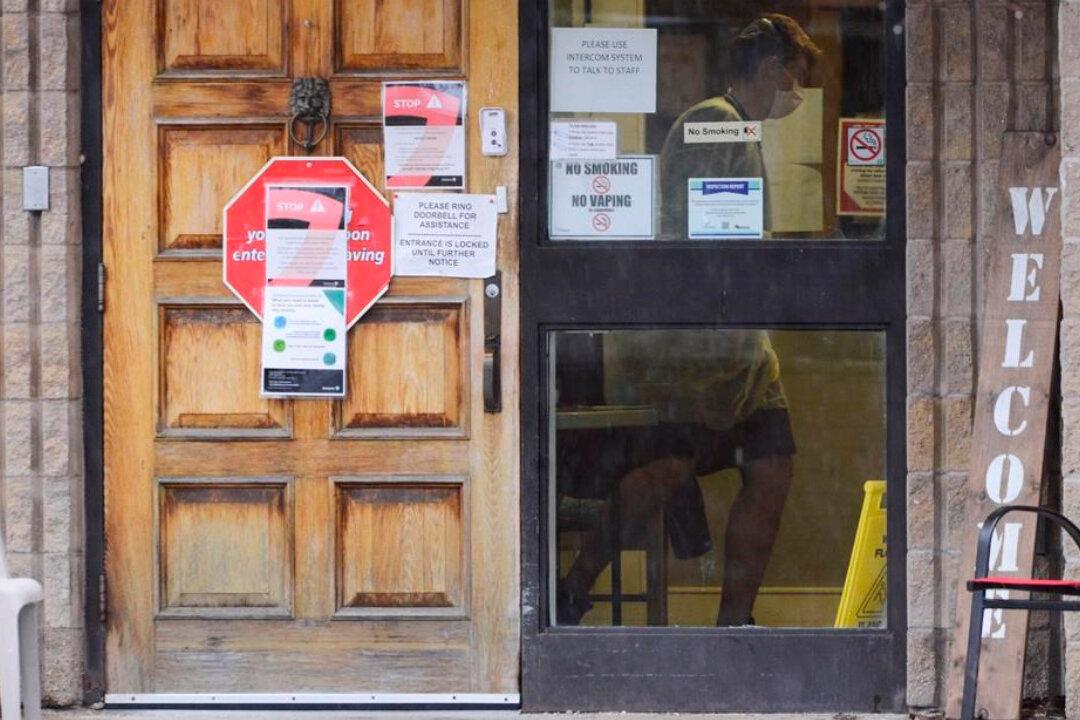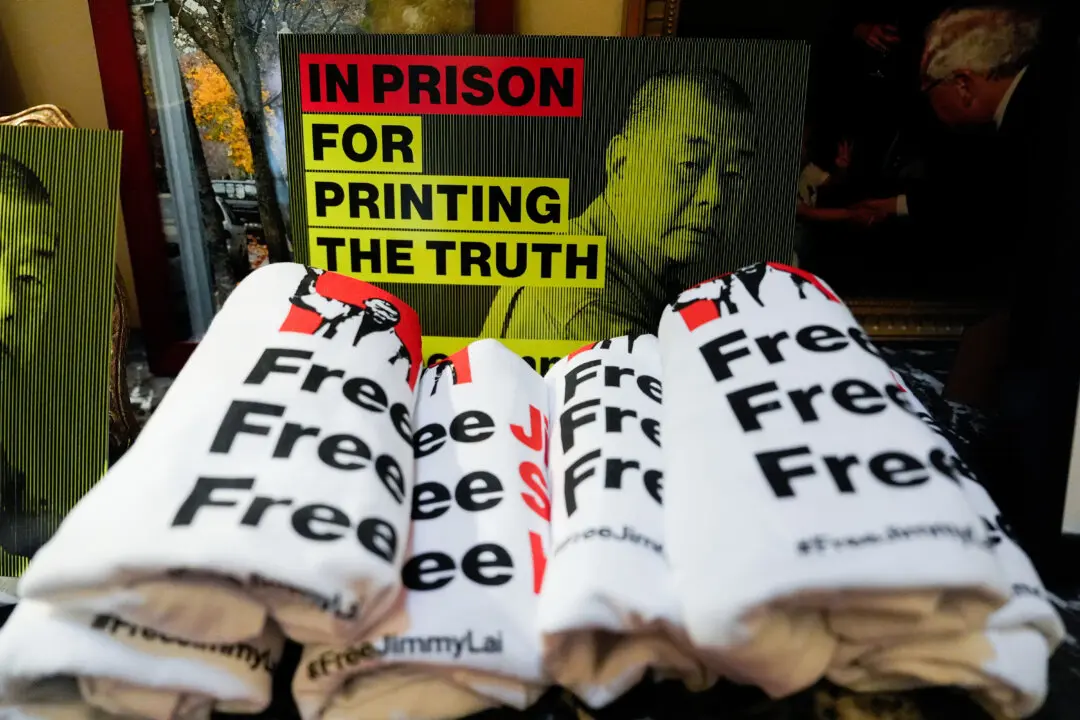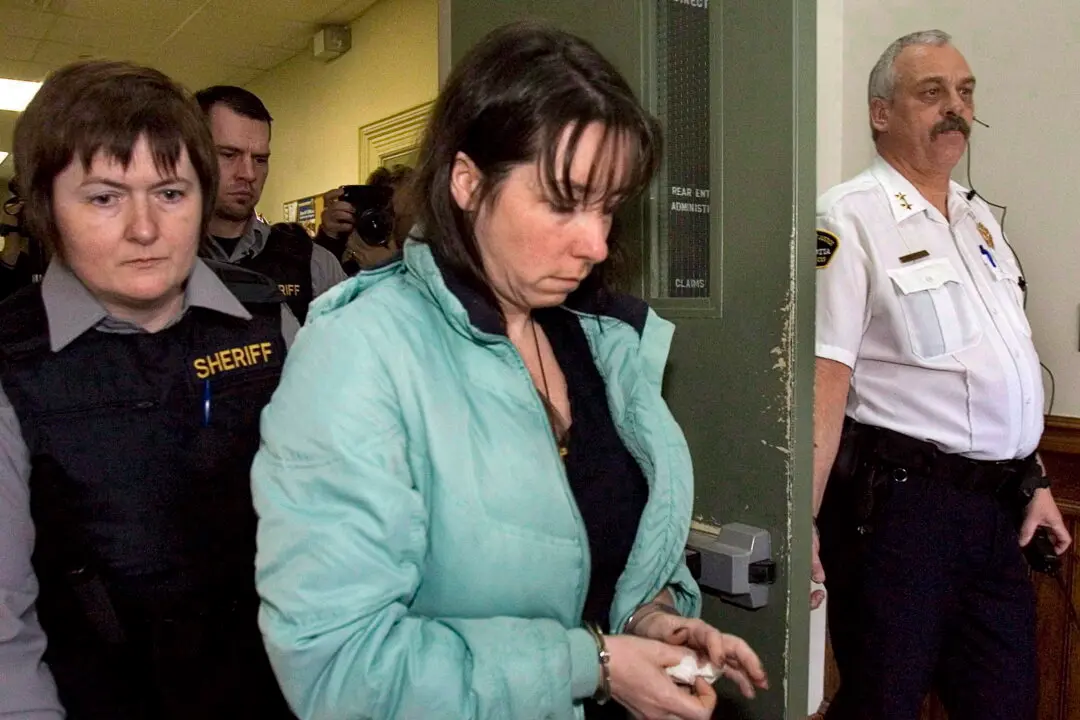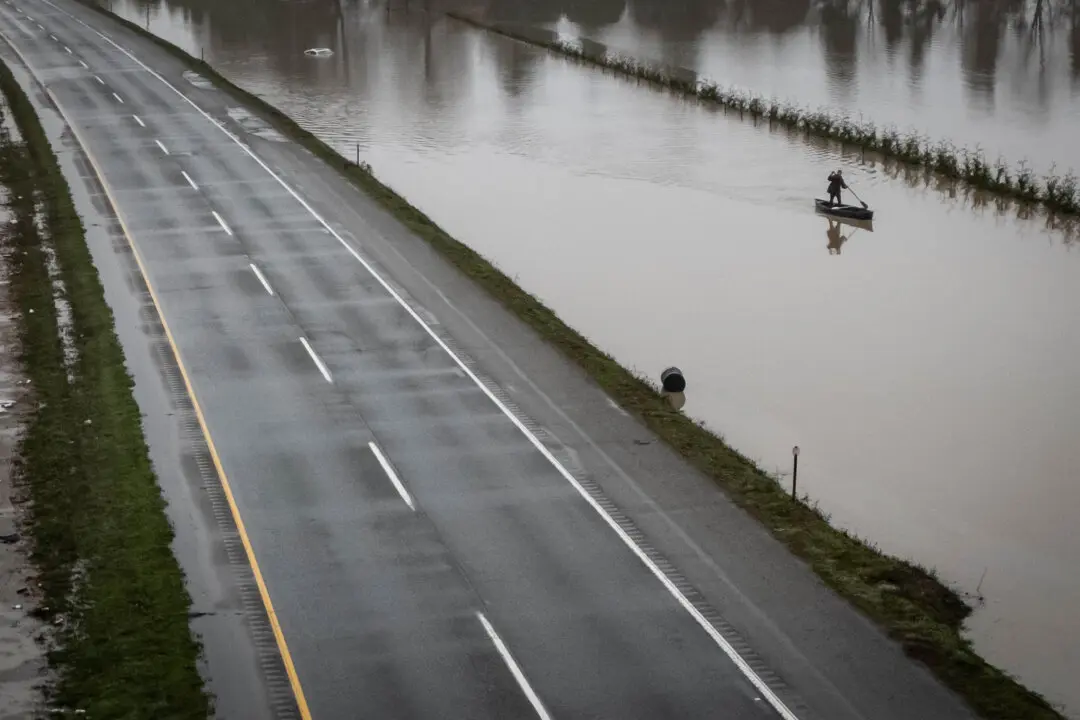TORONTO—The Canadian military needs to help in understaffed nursing homes ravaged by COVID-19, the country’s two largest provinces said Wednesday, as signs of a slowing pandemic prompted talk of easing the economically crippling measures put in place to curb the spread.
Both Quebec and Ontario called on the federal government to send in the troops, with Premier Francois Legault asking for 1,000 military personnel. Premier Doug Ford similarly asked for military help in five priority homes in his province.





